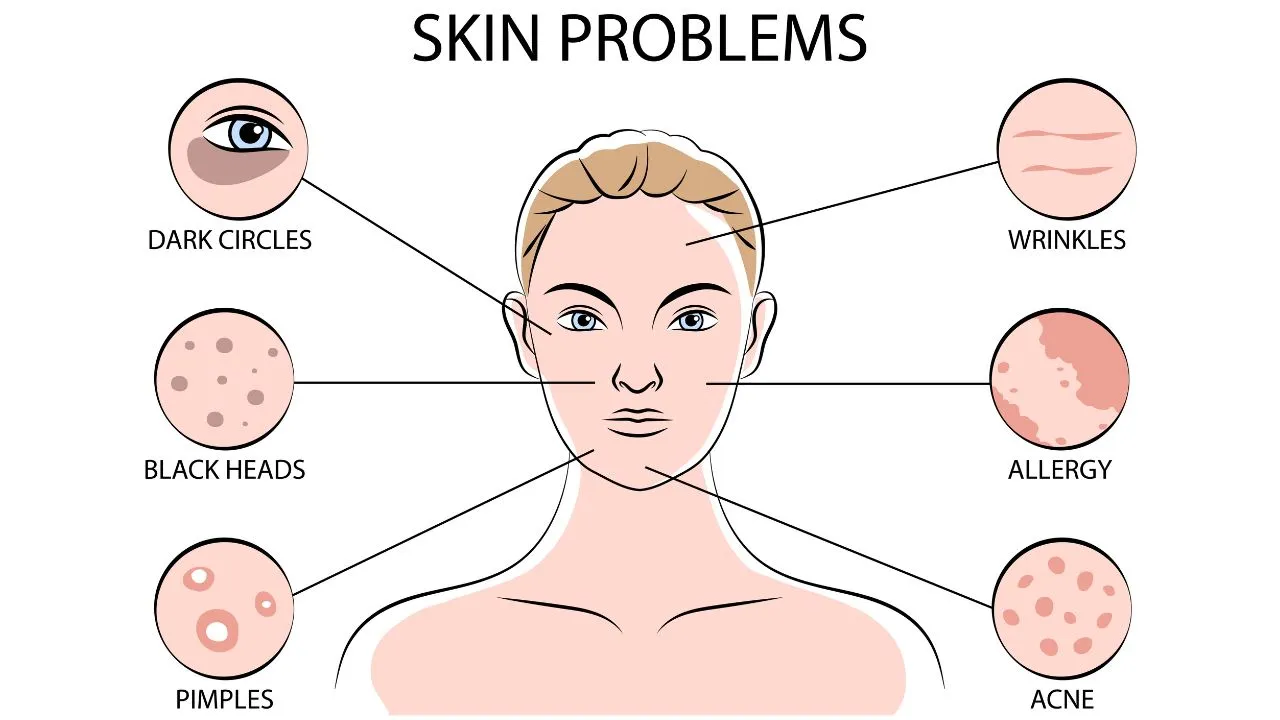Locate a trusted dermatologist near you for consultation.
Locate a trusted dermatologist near you for consultation.
Blog Article
Navigating Skin Cancer Cells Therapy: The Vital Role of Mohs in Modern Dermatology Practices
Skin cancer cells, a daunting medical diagnosis, typically leaves patients facing many treatment alternatives. Amongst these, Mohs surgical procedure stands as a beacon in modern-day dermatology, renowned for its careful approach to cancer cells removal and conservation of surrounding healthy and balanced tissue. This cutting-edge practice assures not only premium cosmetic results yet likewise supplies instant outcomes, relieving person stress and anxiety. As we discover the complexities of this treatment, one will value its critical duty in skin cancer therapy.
Recognizing Skin Cancer: Kinds and Threats
Skin cancer cells, a possibly lethal condition, is much more common than several individuals understand. This disease, brought on by the unrestrained development of unusual skin cells, largely results from DNA damages due to exposure to the sunlight and ultraviolet (UV) light. There are three major kinds of skin cancer cells: Basal cell carcinoma, Squamous cell carcinoma, and Cancer malignancy. While the previous two are much less lethal and comprise the bulk of identified instances, melanoma is the most hazardous. It makes up only regarding 1% of skin cancer cells instances but causes the large majority of skin cancer cells fatalities - hair loss. Threat factors include fair skin, history of sunburn, extreme sun exposure, living at high elevations or near the equator, having lots of moles, a family history of skin cancer, and deteriorated immune system.
What Is Mohs Surgery and Just How It's Changing Skin Cancer Treatment
Despite the countless treatments presently available for skin cancer cells, Mohs surgery sticks out as a groundbreaking and highly efficient remedy. Named after Frederic E. Mohs, the medical professional who created the procedure, Mohs surgical treatment is a precise surgical strategy used to treat skin cancer cells. During the procedure, slim layers of cancer-containing skin are progressively eliminated and checked out until only cancer-free cells remains. This strategy allows the cosmetic surgeon to validate that all cancer cells have been eliminated at the time of surgical procedure. This degree of precision, helpful site integrated with the capability to save as much healthy cells as feasible, is revolutionizing skin cancer therapy. Therefore, Mohs surgery has ended up being a keystone of modern dermatology practices.
The Benefits of Mohs Surgical Procedure Over Traditional Skin Cancer Therapies
Building on the ingenious nature of Mohs surgical procedure, it's necessary to consider its numerous advantages over typical skin cancer treatments. Unlike typical procedures, Mohs provides a greater treatment rate, typically getting to 99% for new treatments and 94% for persistent cancers cells. In addition, it minimizes damage to healthy skin, leading to much less scarring and boosted aesthetic outcomes.
The Procedure of Mohs Surgical Treatment: What to Anticipate Throughout the Refine

Potential Negative Effects and Post-Operative Care of Mohs Surgical Procedure
Undergoing Mohs surgical treatment, like any kind of other surgery, includes possible adverse effects that individuals ought to recognize. Common negative effects consist of discomfort, wounding, and swelling at the surgical procedure site. These are generally short-term and workable with non-prescription pain medication and ice packs. In unusual instances, patients may experience infection, blood loss, or an allergy to the anesthetic. Post-operative care is vital to healing and lessening negative effects. This normally includes maintaining the wound clean and completely dry, taking recommended medicines, and avoiding laborious tasks. Patients should additionally participate in all follow-up visits for wound care and surveillance. In some situations, additional treatments may be necessary to guarantee complete removal of the cancerous cells. Sticking to these post-operative treatment standards can considerably enhance recuperation and end results.
Verdict

Report this page